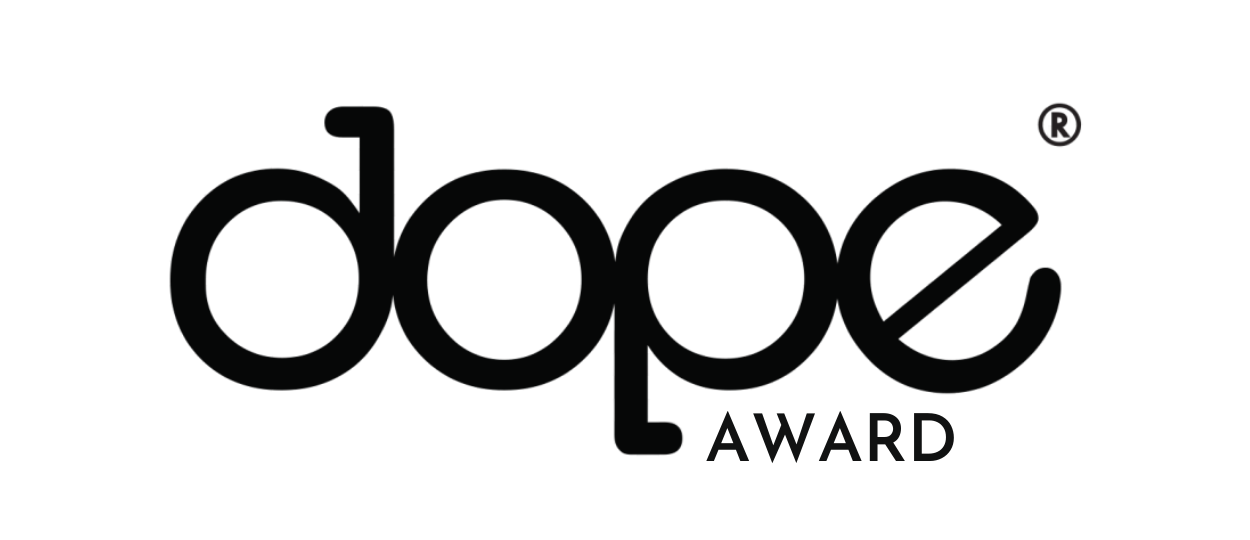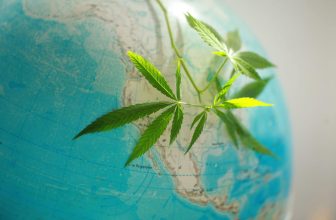
When DOPE Magazine first appeared on coffee tables and dispensary counters, it stood for more than a four-letter slang word. The name was an acronym: Defending Our Plant Everywhere. It was a promise that cannabis media could be stylish, funny and beautiful while still grounded in a simple idea: we owe something back to the plant and the people who paid the highest price for it.
Years later, DOPE became part of the High Times family, joining a portfolio that includes decades of Cannabis Cup history and some of the most iconic reporting, photography and storytelling the culture has ever seen. High Times acquired DOPE Media in 2018, adding its magazine, digital platforms and events to a growing media network.
Now DOPE is switching back on in a new way.
DOPE will officially activate at the High Times Cannabis Cup New York as part of the event’s programming, including the debut of The DOPE Award.
High Times is introducing The DOPE Award, a special honor that will debut at the High Times Cannabis Cup New York. The award will recognize one person whose work for cannabis justice, culture and community makes the industry feel worthy of everything this plant has survived.
The honoree will be announced live during the High Times Cannabis Cup New York in January 2026.
What the DOPE Award stands for
The DOPE Award is not a popularity contest. It is not a trophy for whoever has the biggest company or the loudest brand voice.
The Cup already has trophies for flower, concentrates, edibles and all the lab-tested magic in between. The DOPE Award focuses on something else: the human beings who carry the weight of this movement on their shoulders, often with very little spotlight.
The criteria are simple and demanding:
– Real impact on people whose lives were damaged by prohibition.
That can mean supporting reform efforts, contributing to community repair, or helping families rebuild after years lost to the drug war.
– A clear, consistent commitment to justice and equity.
Not just talking about social impact on panels, but doing the unglamorous work: advocacy, community building, resource-sharing and showing up when it counts.
– Deep roots in cannabis, not drive-by interest.
The DOPE Award is for someone who has put in years with this plant and this culture, whether on the underground side, the legal side or both.
– A spirit that makes the word dope feel like something bigger.
Creativity, generosity, courage, humor, empathy. The kind of energy that makes a scene feel safer, smarter and more alive just because this person is in it.
In other words, the award is meant for the people who make it harder for the industry to forget where it came from.
Linking DOPE back to the people still inside
As legalization spreads and cannabis becomes a regulated commodity, the moral math has only gotten more uncomfortable. Legal companies build brands on the same plant that still keeps people in cages. Whole careers are possible now in marketing, tech and finance because others were arrested, prosecuted and disappeared from their communities.
Awarding DOPE to someone rooted in justice and repair is one way to keep that imbalance in focus. It is a reminder that legalization did not erase the past. There are still people serving time, still families carrying the impact of cannabis convictions, still communities over-policed while others build legal companies on the same plant.
The DOPE Award is meant to highlight people who refuse to look away from that reality. People who use their voice, platform or access to push for a world where nobody is locked up for cannabis and the benefits of this plant are shared more fairly.
The DOPE Award is designed for people moving in that lane. People who see the legal market not as a finish line, but as a chance to make things right.
Why the first DOPE Award happens in New York
New York is a fitting place to bring DOPE back online.
The state sits at the intersection of several realities at once: a new legal market trying to find its footing, a long history of aggressive enforcement in Black and brown neighborhoods, and a deep underground culture that carried cannabis through the decades when admitting you smoked could still cost you your job or your freedom.
The High Times Cannabis Cup New York has become a way to celebrate the craft, the growers and the products that define this new era. It is also a place where conversations about justice, ownership and repair are happening in real time.
Introducing the DOPE Award at the Cup sends a message: no matter how far the industry evolves, High Times and DOPE are not interested in leaving the people most harmed by prohibition out of the story.
DOPE maps, DOPE legends
Alongside the award, DOPE will roll out The DOPE Map, a DOPE-branded guide to official partner dispensaries for the High Times Cannabis Cup New York. It is a nod to DOPE’s roots in local media and events, and a practical tool for people exploring the Cup ecosystem.
On a deeper level, the map and the award live in the same universe. They are both about connection. One connects people to places. The other connects attention to the people whose work too often happens quietly in the background.
Over time, DOPE may expand into more features, profiles and projects that continue this theme: honoring the folks who defend the plant and the communities around it, everywhere it shows up.
The honoree
The first recipient of the DOPE Award will be announced live during the High Times Cannabis Cup New York in January 2026.
Whoever receives it will stand as a reminder that cannabis culture did not begin in boardrooms or branding meetings. It was built by people who risked their freedom, shared knowledge when it was dangerous to do so, and helped sustain this movement long before legalization was imaginable.
That is what this award is for.
The industry will keep evolving. Markets will rise and fall. Laws will change again. The DOPE Award is here to keep one idea anchored in the middle of all that motion: nobody should be in prison for cannabis, and the people who fought to keep this culture alive deserve to be celebrated.
The DOPE era is back. You will see the first proof of it in New York.





